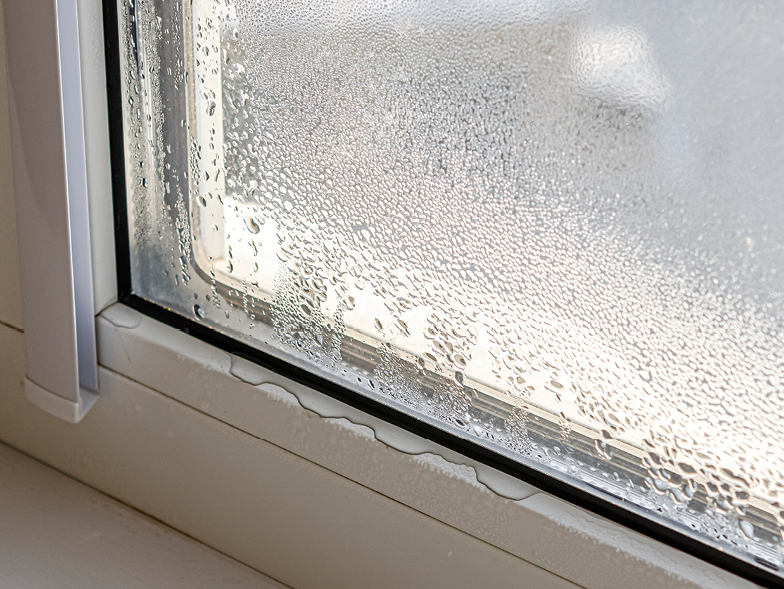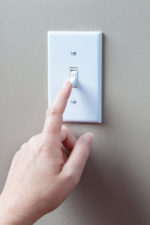An Older Home Buying Guide
The term “older home” can be subject to varying interpretations.
Though some people may only consider a century-old home an antique, any house built over fifty years ago is generally deemed an older property. However, it’s important to note that a structure’s age doesn’t solely determine its condition. A sixtyyear- old home, for example, might have undergone recent renovations to offer modern comforts while retaining its classic charm.
If you are looking to purchase an older home, you’ll need to prepare for the potential hurdles you may encounter, such as outdated systems, hazardous materials, or existing structural issues. Assessing the costs associated with addressing these concerns can help you decide whether the investment required for renovation and modernization aligns with your longterm objectives. Review the following common problems frequently encountered in older homes to be better prepared during your search process.

Inadequate plumbing
Depending on when it was built and if any upgrades were done, an older home can have its share of plumbing issues, which should be checked by a plumber. Some of the problems you may see are cracked, corroded, or leaking pipes, improper water heater installations, poor water quality and pressure, and failing sewer lines.
Foundation issues
Over time, soil movement or tree roots growing beneath the foundation can cause structural problems. Signs of issues include hairline cracks near windows or in the walls or chimney, though these could also be due to normal settling. However, deep cracks, sagging or uneven floors, and windows and doors that do not close properly may indicate more severe problems. An engineer can inspect the house, identify the extent of any potential foundation issues, and suggest remediation options.
Outdated wiring
Knob and tube wiring—copper wires protected by ceramic insulators—is often found in older homes. However, this wiring is typically insufficient for modern electrical needs and may even pose a hazard; updating it to modern standards as outlined by the National Electrical Code will require hiring a licensed electrician. In addition, look out for ungrounded (two-pronged) outlets since they can be a fire risk and limit device connectivity.
Leaky windows
Many older homes have single-paned windows, which lack the sealing effectiveness of newer windows. This can lead to drafts, moisture infiltration, and increased energy consumption. If this is the case for your place, you might need to budget for replacing windows and frames with double-paned or storm versions.

Outdated heating and cooling
Whether it’s a home from the early twentieth century that relies on radiators for heat or one with an inefficient HVAC system, upgrading equipment or performing a complete overhaul may be required to meet modern heating and air-conditioning standards.
Deteriorating roof
Roofs were typically crafted using wood shingles before the widespread adoption of asphalt versions in the 1930s. These wood shingles were usually placed over purlins, horizontal boards fixed over rafters. In the case of a renovated older home, it’s common to find multiple layers of wood shingles on a roof, which could indicate that it’s time for replacement. As an extra precaution, you may want to consult a reliable roofing professional to ascertain the roof’s condition and the replacement cost, if needed.
Lead-based paint
This type of paint was used in most homes until 1978, when it was officially recognized as a health hazard, resulting in a federal law requiring its removal if a child under six is living in the dwelling. However, a previous homeowner may have chosen to paint over it instead, though that is not a proper solution; the lead-based paint could still leech through and negatively impact current occupants. Hence, it is vital to have a home tested for this toxin if it was built before 1978.
Asbestos
A flame-retardant material, asbestos was heavily used in the construction and home-building industry from the 1950s to the late 1980s due to its durability and resistance to corrosion, heat, and electricity. It was utilized in products such as concrete, roofing, and flooring materials, pipe insulation, and fireproofing. Ultimately, it was banned by the EPA in 1989 due to its link to serious health issues, including cancer. If you’re considering purchasing a home built before then, an inspection for asbestos is crucial.


















